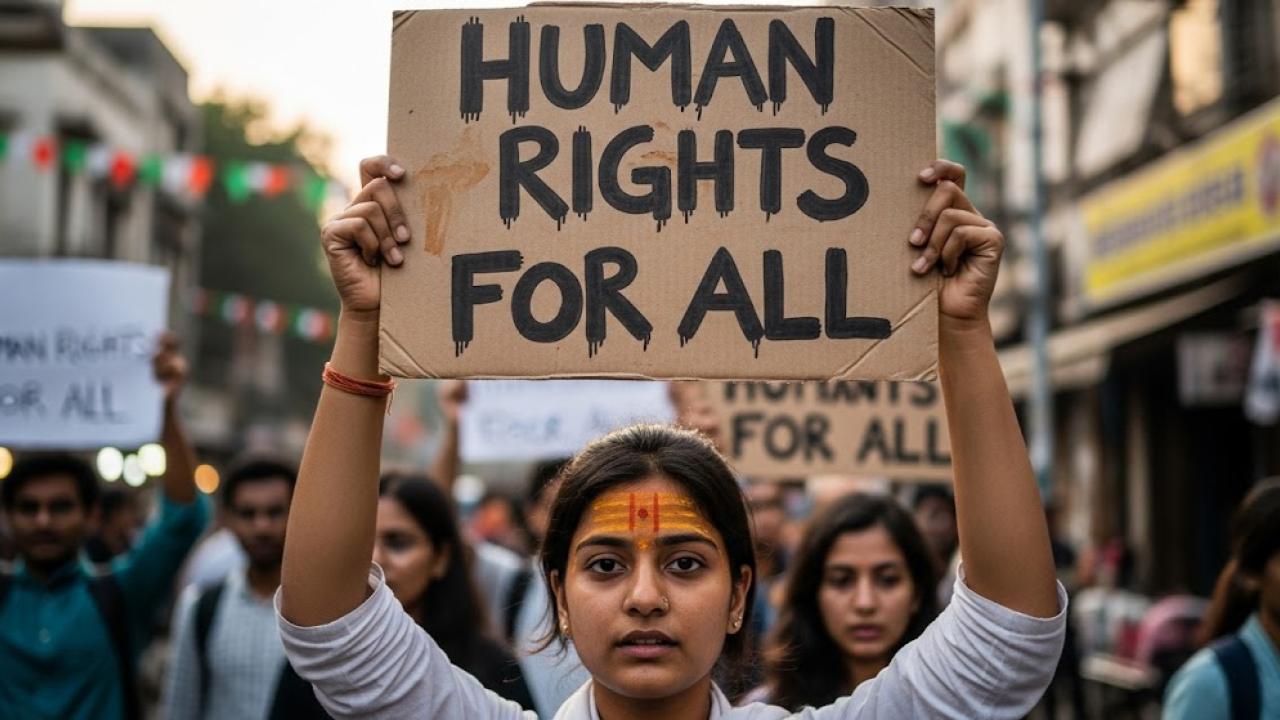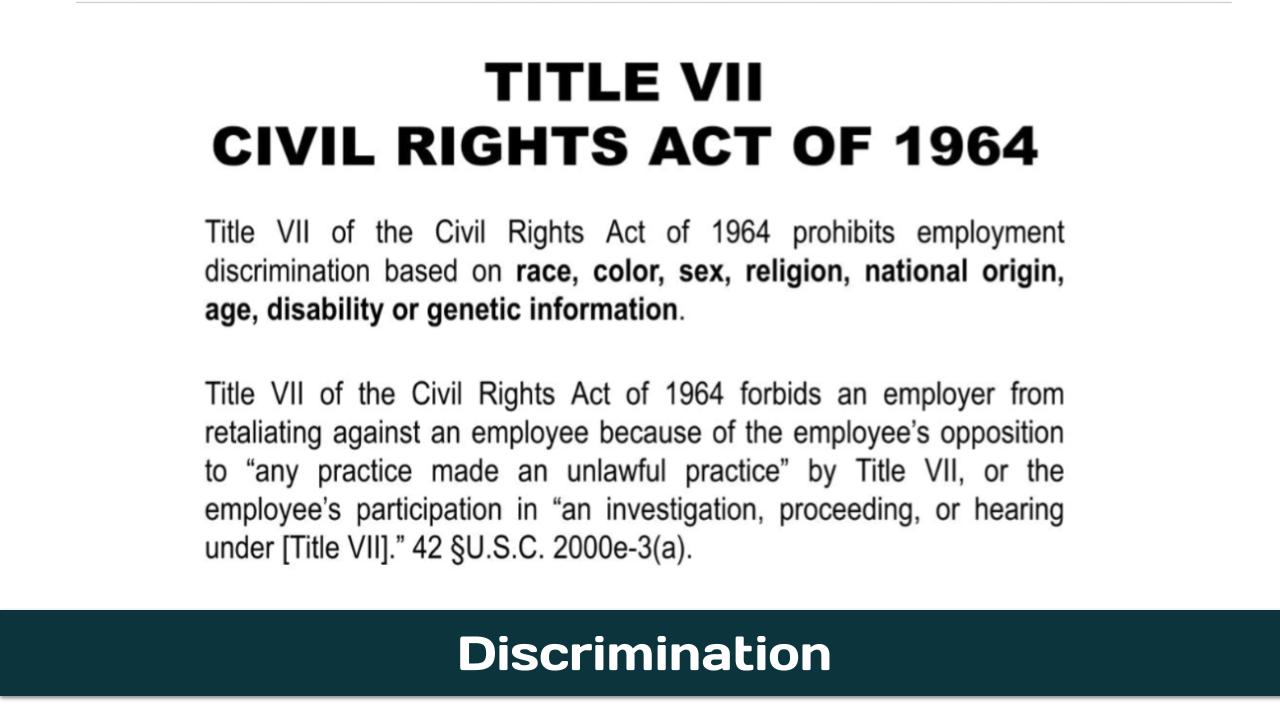Human rights are fundamental entitlements inherent to all human beings, universally applicable regardless of race, sex, nationality, ethnicity, language, religion, or any other status. They are the basic rights and freedoms that belong to every person in the world, from birth until death.
OnAir Post: Human Rights





